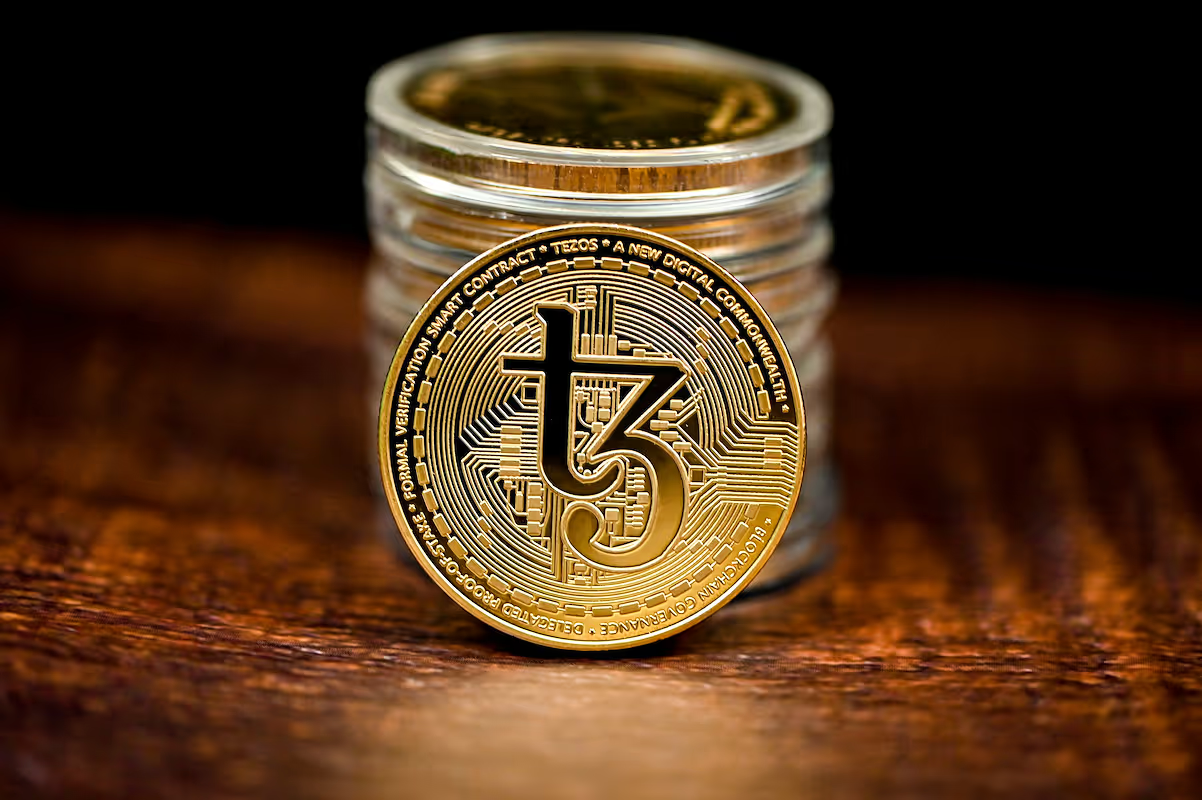Key Takeaways
- Ultimate Finality: The settlement layer provides irreversible confirmation for all transactions, creating a permanent record.
- Foundational Security: It acts as the most secure base layer for other financial protocols and applications.
- Layer 2 Support: This base layer supports faster, higher-volume transaction systems built on top of it.
What is a Settlement Layer?
A settlement layer is the foundational blockchain where transactions are finalized and made permanent. Think of Bitcoin's main network as the ultimate court of record for all BTC transactions. Once a transaction involving millions of sats is confirmed on this layer, it is irreversible and globally recognized. This provides the definitive source of truth for ownership and value transfer.
This base layer prioritizes security and decentralization over speed, which is why a single Bitcoin block takes about 10 minutes to mine. While not ideal for small daily purchases, its robustness is critical for high-value transfers, like settling a transaction worth over $100,000. Other protocols, known as Layer 2 solutions, are built on top to handle smaller, faster payments.
Settlement Layer in Traditional Banking
In traditional finance, settlement layers are centralized systems like Fedwire or CHIPS. These networks are the final authority for interbank transfers, settling trillions of dollars daily. Banks use these systems to clear large balances with each other, providing a definitive record of accounts. This process, while effective, relies on trusted central parties to finalize transactions, contrasting with the decentralized nature of blockchain-based settlement.
Settlement Layer in Bitcoin and Cryptocurrencies
In the world of cryptocurrencies, the settlement layer is the primary blockchain network where transactions are immutably recorded. Bitcoin serves as the original and most secure example, acting as a global, decentralized ledger. Its design prioritizes ultimate security and finality for all transactions.
- Decentralization: No single entity controls the network, providing censorship resistance.
- Security: Cryptographic proof-of-work secures the chain against attacks.
- Finality: Confirmed transactions are permanent and cannot be reversed.
- Scalability: Supports secondary layers for faster, high-volume processing.
How the Settlement Layer Impacts Transaction Finality
The settlement layer provides the ultimate guarantee that a transaction is complete and irreversible.
- Immutability: Once confirmed, transactions are permanently etched into the blockchain's history.
- Security: The network's computational power protects the ledger from being altered after the fact.
- Consensus: Global agreement among network participants validates each transaction's final state.
Settlement Layer Security and Risks
The settlement layer's design prioritizes security, making it the most trusted part of the blockchain ecosystem. This foundational strength, however, comes with inherent trade-offs and risks.
- Robustness: Its immense computational power makes altering past transactions nearly impossible, providing strong protection against fraud.
- Slowness: The deliberate pace of block confirmation, while secure, makes the base layer impractical for quick, everyday transactions.
- Fees: High demand for block space can lead to expensive transaction fees, especially during peak network activity.
Future Developments in Settlement Layer Technology
This is how future settlement layers will evolve.
- Integrate protocol upgrades that increase transaction throughput without weakening the core security model.
- Introduce more expressive scripting abilities for complex financial contracts directly on the base chain.
- Implement new cryptographic methods to offer greater transaction privacy and data compression.
- Build trust-minimized bridges to other blockchains, creating a more interconnected financial system.
The Settlement Layer as the Foundation for the Lightning Network
The Lightning Network operates as a second layer built upon Bitcoin’s settlement layer. It uses the main chain’s security to create payment channels between users. While countless small, instant transactions occur off-chain within these channels, only the opening and closing transactions are recorded on the primary blockchain. This structure allows for massive scaling of payments, while still relying on the settlement layer’s finality to ultimately secure the net results of all channel activity.
Join The Money Grid
You can connect to Bitcoin's settlement layer through services from Lightspark, which provides a global payments network for instant, low-cost transfers using the Lightning Network. This infrastructure lets you move money—bitcoin, fiat, or stablecoins—across borders securely, linking your financial products to a worldwide, open system.


